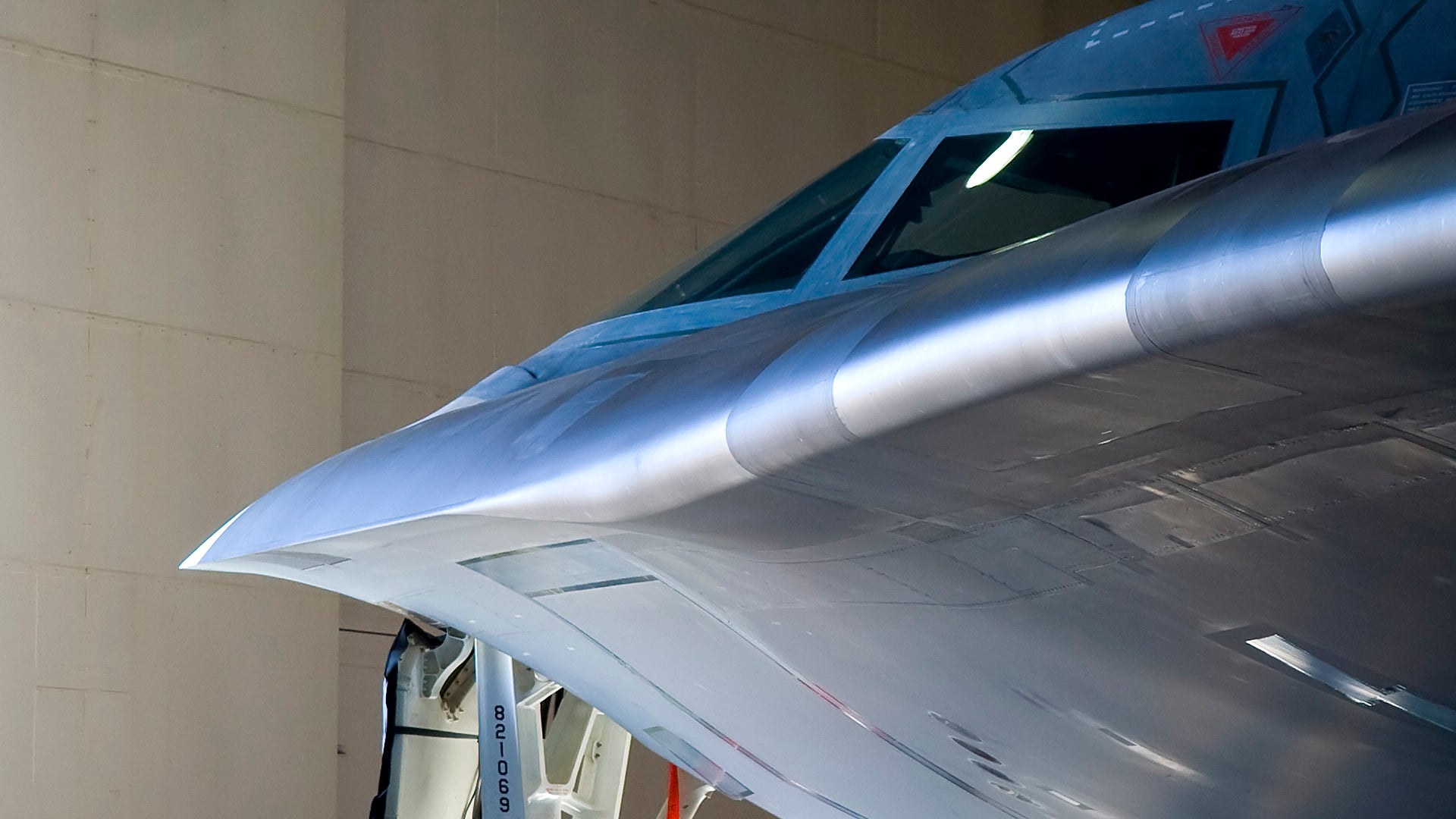The Northrop B-2 Spirit looks just as futuristic as it did when it was unveiled over three decades ago. It is such an exotic and capable aircraft that you almost feel like you are seeing something forbidden when in its presence. With this in mind, I have done articles in the past solely on the aircraft’s otherwordly appearance and how it is captured in captivating ways via unique images. Yet the images below truly convey the stealthy flying-wing bomber’s alien feel, conjuring up fond memories of the 1980s sci-fi flick Flight Of The Navigator—a movie that was also about a secretive exotic craft, albeit one actually from another world.
The photo below, taken by Major Allen Clark is possibly my favorite B-2 shot of all time. It brilliantly captures the not so linear slopes that make up the Spirit’s leading edge, all of which come to an apex in, well, one wicked-looking beak.
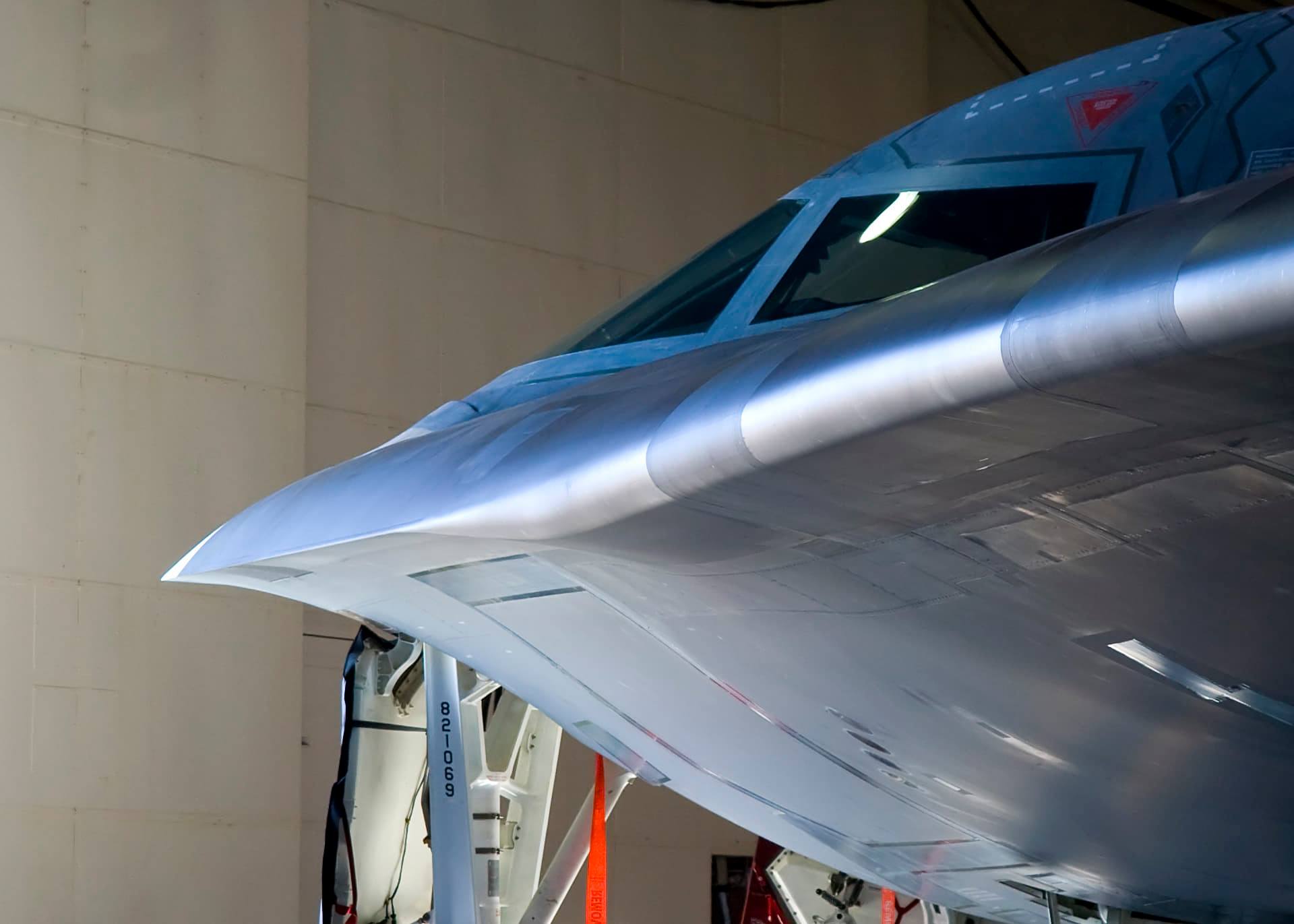
Although it is only really apparent from a limited number of angles, and the B-2 is a shapeshifter of epic proportions depending on what aspect you are looking at it from, the aircraft’s beak is possibly the most exquisite of all its almost organic-like attributes.
This shape is extremely reminiscent of the alien ship in Flight Of The Navigator. The movie hit theaters in 1986, right when the B-2 was deep in classified development under the Next Generation Bomber program. Just two years later it would be unveiled to the public.


The dramatic head-on, wide-angle image below is of a B-2 getting its coatings repaired. The aircraft’s radar-absorbent material (RAM) skin coverings and the radar attenuating understructures underneath must be kept in pristine shape in order to maximize the aircraft’s scant radar cross-section on which its survivability depends. This adds greatly to the massive cost of operating the type, which is pegged at roughly $122,000 per flight hour, although automation and new materials have made the process more efficient.
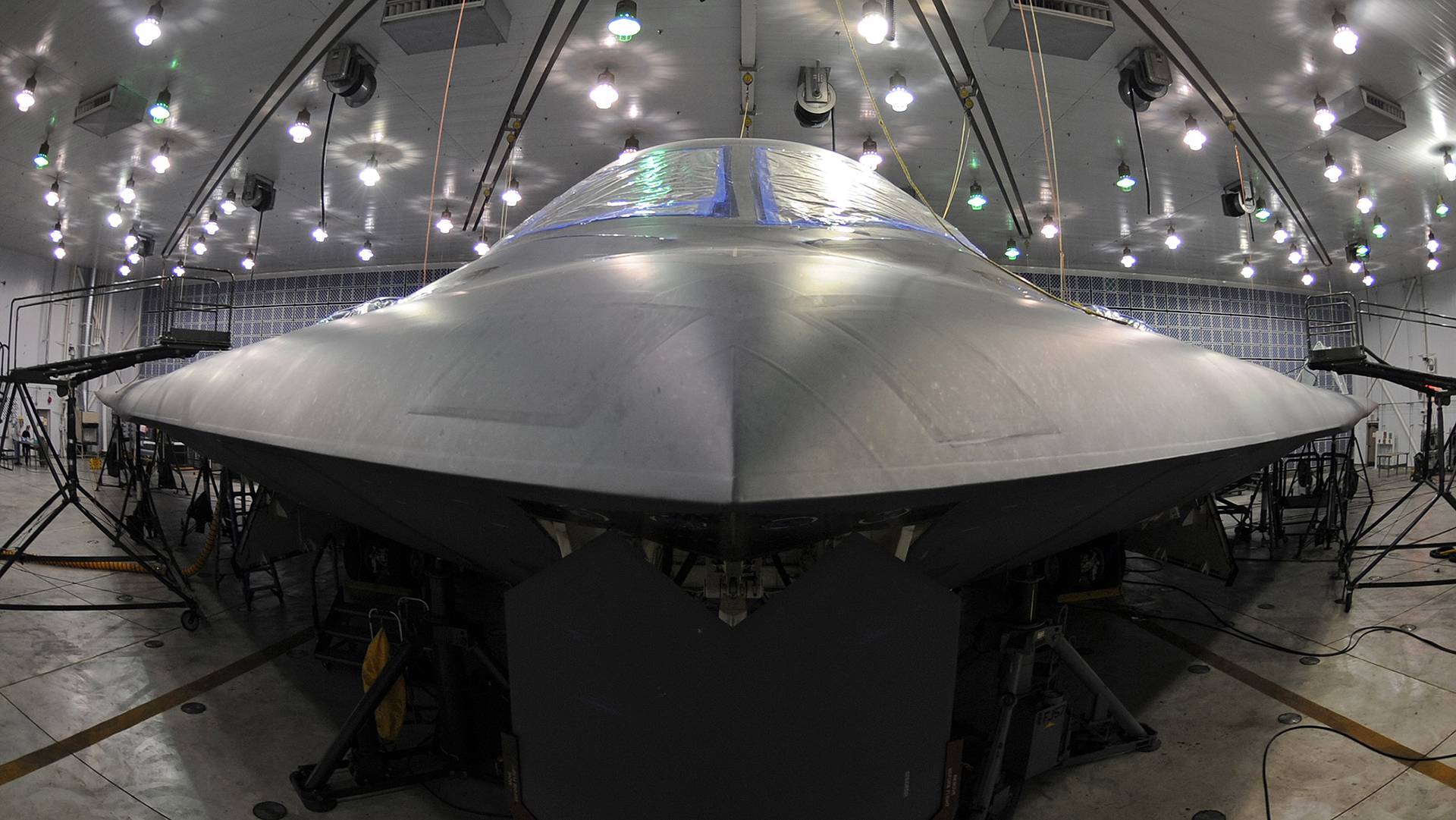
You can see in the detailed image below what I mean when I reference the aircraft’s exotic skin coatings, the exact composition of which remain one of the nation’s most closely guarded secrets. This arguably beautiful underside ‘beak’ shot of the B-2 shows the intricate sections of RAM that are taped and puttied onto the aircraft, as well as its severe leading edge. The round flush objects are part of the aircraft’s Flush Air Data Sensing (FADS) sensors that work in a similar manner to pitot tubes and standard air data sensors on normal aircraft. They feed critical information to the B-2’s flight computers to keep the jet pointed in the right direction. Without this information, the aircraft becomes inherently unstable. Water intrusion into these sensors caused the dramatic crash of a B-2 in Guam in 2008, which ended in the only write-off of a Spirit airframe.
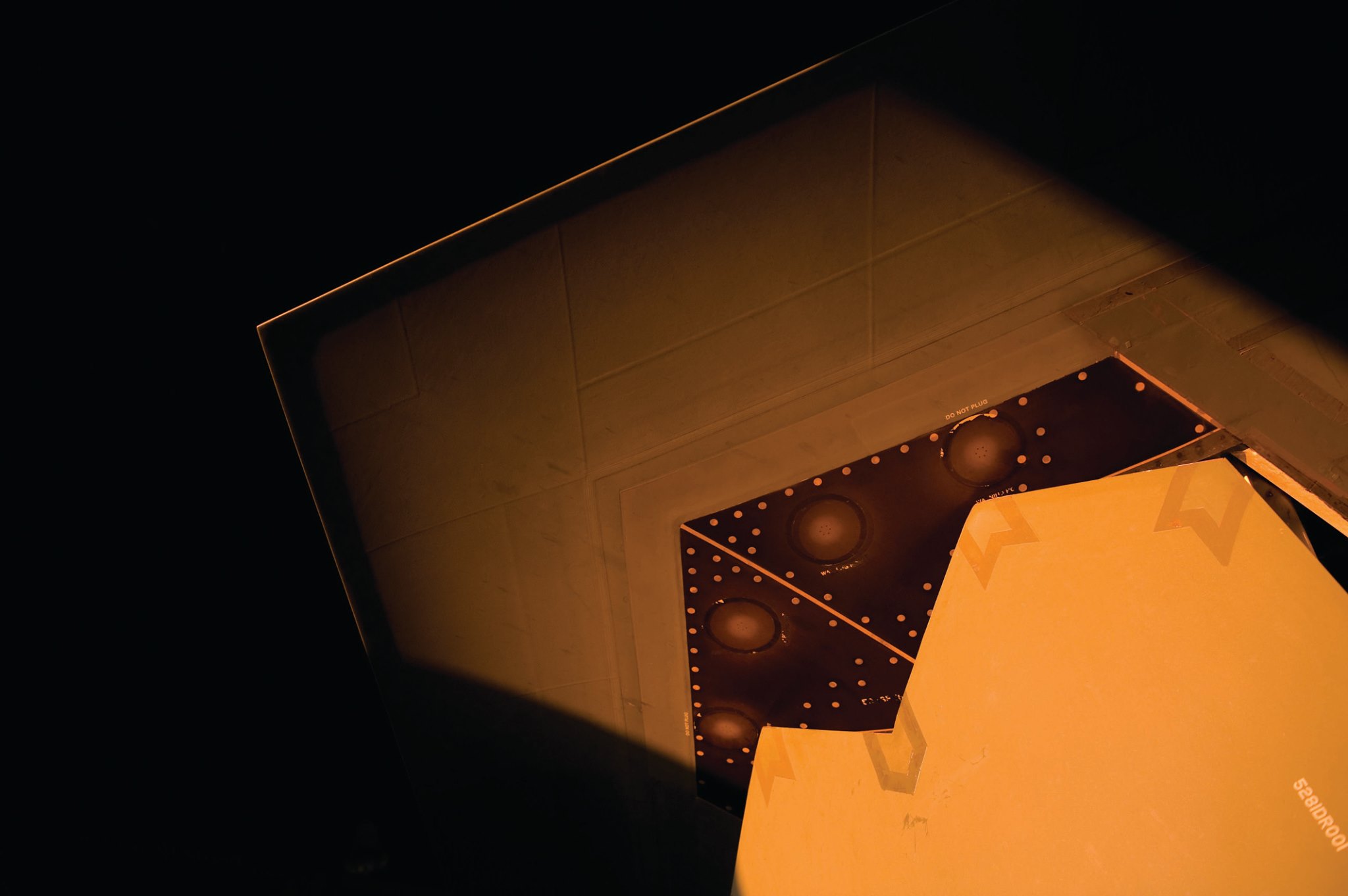
One must remember that even though the B-2 looks incredibly futuristic, it was designed based on early 1980s technology, albeit technology that was absolutely on the ‘bleeding edge’ of the possible at the time. With just 20 in existence, the B-2 fleet is more akin to a pocket force of experimental aircraft than not. That is what is so exciting about the upcoming B-21 Raider, it really is Northrop Grumman’s shot at building a “B-2.0,” with 30 years of advances and the experience of building and supporting the first of its kind stealth bomber all rolled into what should be a far more numerous, capable, flexible, sustainable, and even less costly aircraft to fly.
The dramatic photo below, a quintessential shot seen in many science fiction and action movies (Jerry Bruckheimer, I am looking at you!), shows a column of light shooting through an opening in the hangar doors, illuminating the object inside with an almost ‘sacred’ feel. The image also gives us a wider angle of the B-2’s corner-like nose section, with its huge electronically scanned radar array seen outlined on its lower half, as well as all the other taped-off maintenance access covers and sensor apertures. Note the jet’s serrated gear-door and weapons-bay door edges even get their own covers. You do not want to trip into those!
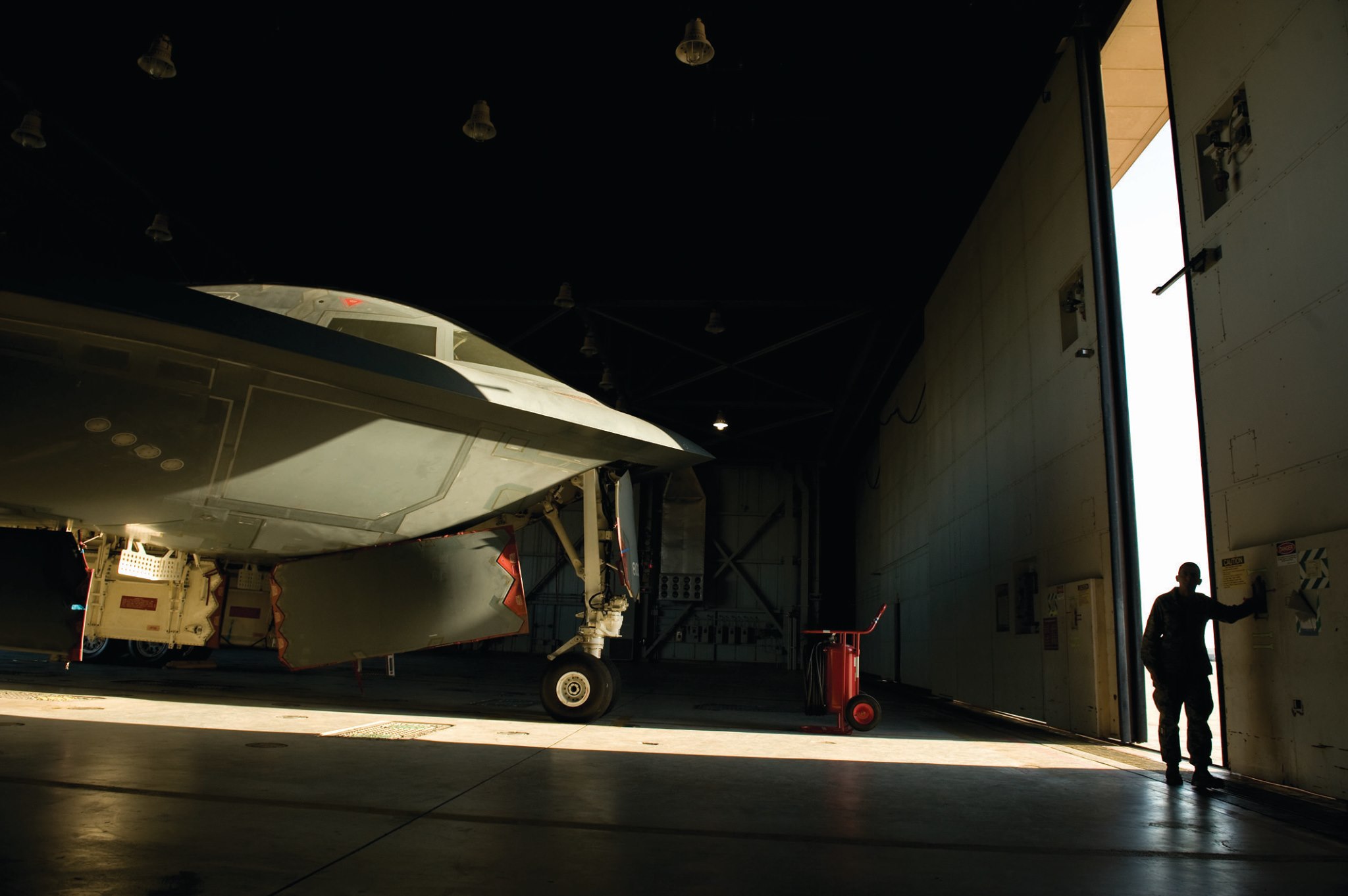
The next photo is close to an external view of the one above. Such an exotic looking machine with its continuous curvatures looks positively alien among the stark right angles of the hangar. Imagine seeing this for the first time before it was rolled out to the public. It would have been like being in the presence of a time machine. The jump from Northrop’s stealthy “whale,” better known as the Tacit Blue BSAX demonstrator, to the B-2 is truly remarkable, although there may very well have been a couple of yet-to-be-disclosed missing links along the way. Still, the time between Tacit Blue’s first flight and the B-2’s first flight was just seven years. That is absolutely mind-boggling.
If you had heard of a B-2 before and walked by this hangar, you would likely think you just saw a spaceship.
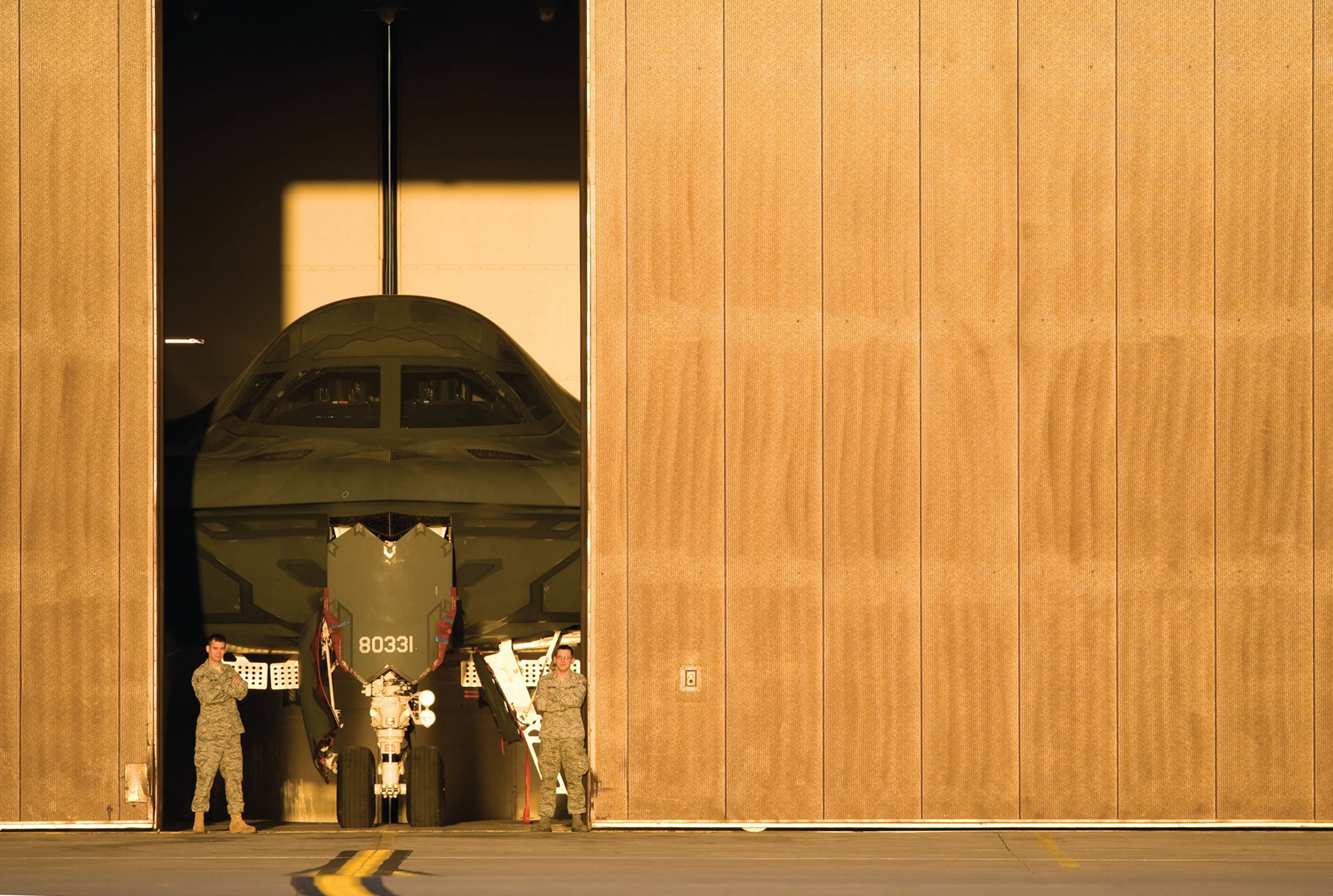
Finally, there is this stunning overhead shot of a B-2 refueling behind a KC-135. I could write an entire post on all the features we are seeing here, but they all serve a purpose and help tell the story of the B-2’s low-observable design goals and how engineers turned them into a real flying weapon of war. You can see all the taped over and serrated composite panels, and the incredible engine inlet design with its own serrated edges and lower boundary layer air separator. The air inlets on low observable aircraft are among the hardest parts to design and manufacture. In fact, we have multiple articles on this exact reality alone.
The fiberglass ejection apertures are also visible via their dashed ‘cut here’ outlines, including the third one that was originally intended for an additional crew member, but was never used in this manner. A small cot is placed in its position for one of the aircraft’s two pilots to get some sleep during extreme endurance global power missions. You can also see the celestial navigation unit to the right of the cockpit, as well as one of my other favorite features on the B-2, the subtle but present W-shaped, crease-like, raked vent situated between its nose and windscreen.
If this is what Northrop came up with over three decades ago, it will be fascinating to see what the fine details on B-21 end up looking like.
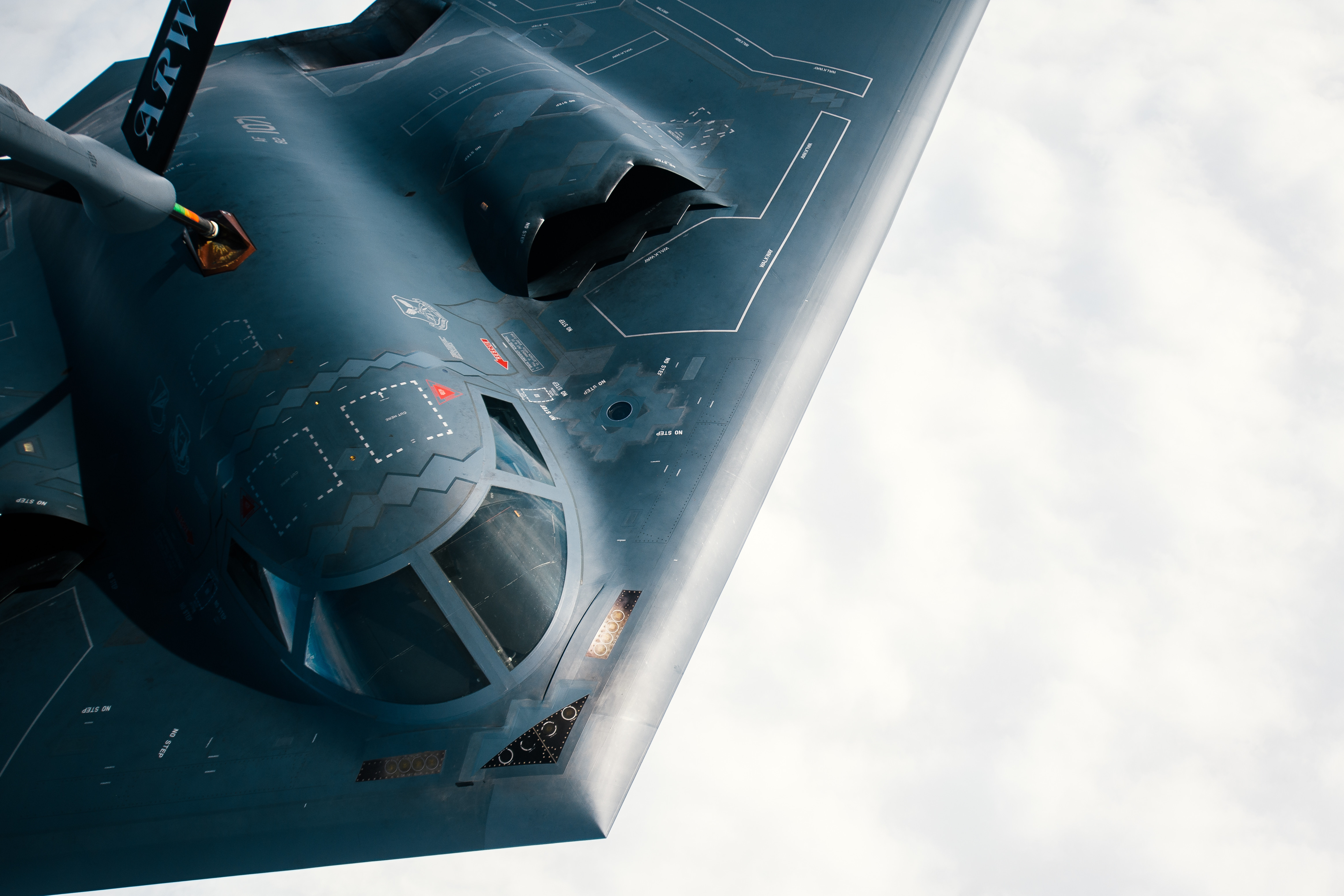
So, there you have it. The B-2 Spirit’s alien appearance still amazes after all these years. The design remains among the most elegant engineering solutions of all time, and this becomes especially apparent when one examines its many details. As it sits now, the flying wing aircraft will serve through 2032, after which the B-21 will have fully taken its place as America’s stealth bomber.
Contact the author: Tyler@thedrive.com
